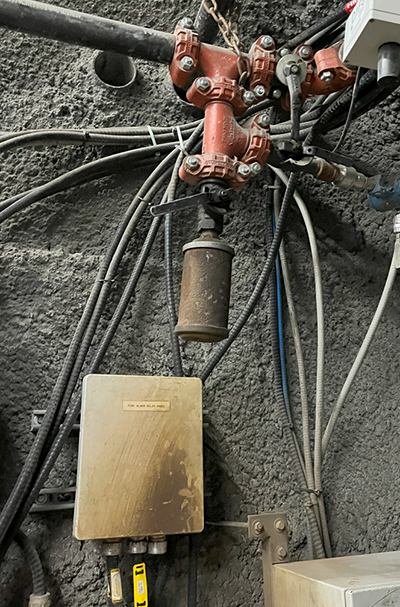 One hidden problem in many compressed air systems is something called “artificial demand.” Many users are unaware of the effects of this component of compressed air demand as evidenced by higher than needed compressed air pressures on most systems.
One hidden problem in many compressed air systems is something called “artificial demand.” Many users are unaware of the effects of this component of compressed air demand as evidenced by higher than needed compressed air pressures on most systems.
Artificial demand in a compressed air system refers to the excess consumption of compressed air caused by operating the system at a higher pressure than necessary for the actual air requirements of the equipment. This situation can lead to several inefficiencies:
- Increased energy use: Compressors consume more energy to produce air at higher pressures, which is wasteful when the equipment doesn’t need that level of pressure to operate effectively. About 1% more energy is needed to produce 2 psi higher pressure at the compressor discharge.
- Higher leakage rates: Higher pressures increase leaks throughout the compressed air system, causing more air (and thus more energy) to be wasted. About 1% more flow is demanded by any unregulated compressed air demand for every 1 psi in extra pressure, this causes the air compressors to consume more energy to feed the extra flow.
- Reduced equipment lifespan: Operating tools and equipment at higher than required pressures can lead to more frequent maintenance issues and shorter lifespans for the equipment.
- System capacity issues: By consuming more air than necessary, artificial demand can also give a false impression that more compressor capacity is needed, potentially leading to unnecessary capital expenditure on additional compressors.
Addressing artificial demand typically involves dropping system pressure, often by regulating the compressed air system with a pressure/flow controller. Also, by properly sizing and maintaining the compressed air system, ensuring appropriate pressure settings are maintained, fixing leaks, and educating users on the optimal use of compressed air, your operating costs could be reduced.
Filed Under: Components Oil Coolers, Compressed Air Technologies, Pneumatic Tips, Technologies